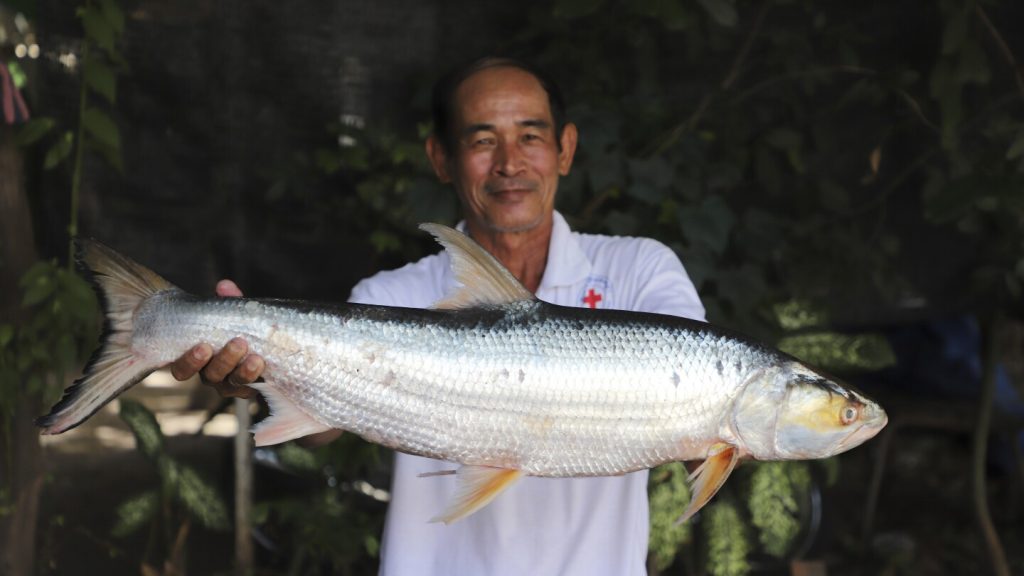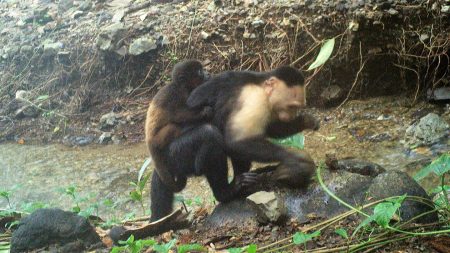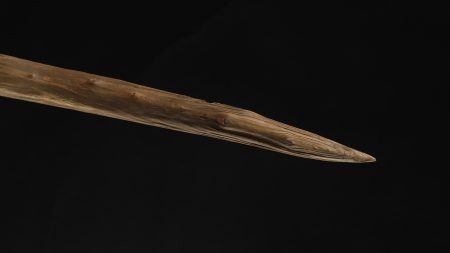In recent years, the Mekong River has produced surprising revelations, particularly the sightings of the giant salmon carp, a fish thought to be extinct. This species, known scientifically for its remarkable size and unique physical features, has been a significant part of the Mekong ecosystem. The giant salmon carp can grow up to 4 feet long and is characterized by a prominent knob on its lower jaw and striking yellow patches surrounding its large eyes. For nearly two decades, the last confirmed sighting of this species was in 2005, leading to concerns that it had possibly disappeared from its natural habitat. Chheana Chhut, a researcher at the Inland Fisheries Research and Development Institute in Cambodia, stated that the carp not only represents the biodiversity of the Mekong region but also highlights the critical need for continued observation and conservation research focused on migratory fish species.
The recent discovery of three giant salmon carp between 2020 and 2023 in the Mekong River and one of its tributaries has reignited hope for the species’ survival. These sightings were made possible through collaborative efforts between biologists and local fishing communities in Cambodia. Since 2017, researchers have worked to build trust and communication with fishermen, who are strategically positioned to report any unusual aquatic wildlife, including the elusive giant salmon carp. Bunyeth Chan, one of the researchers involved in this study, expressed the excitement of encountering the fish firsthand after years of speculation regarding its existence. These findings were documented in a recent online study published in the journal Biological Conservation, showcasing a concerted effort to track the species’ status in its natural habitat.
While the rediscovery of the giant salmon carp is viewed with optimism, it also underscores the serious challenges that migratory fish face in the Mekong River region. A significant concern is the environmental degradation caused by factors such as industrial pollution, overfishing, and industrial developments that have led to the erection of over 700 dams along the river and its tributaries. Brian Eyler, director of the Southeast Asia Program at the Stimson Center, highlighted the inadequate number of functional fish passages that would allow aquatic species to navigate these barriers effectively. With the extinction threat looming for many migratory species, the Mekong faces an ecological crisis that requires immediate and comprehensive intervention.
The plight of the giant salmon carp, often referred to as the “ghost fish,” serves as a poignant reminder of the value of local ecological knowledge and collaborative conservation efforts. The hope of confirming the existence of this species in other regions of the Mekong River, such as Thailand and Laos, hinges on the continuation of these partnerships with local communities. The ongoing study aims to expand its research outreach to involve fishers and local residents across borders, which could contribute significantly to understanding not just the giant salmon carp’s current status but the overall health of the river’s ecosystem.
Conservationists are increasingly advocating for proactive measures to mitigate the threats posed by the growing number of dam constructions and other forms of industrial encroachment. This includes mobilizing local communities to participate in conservation initiatives and leveraging their knowledge of the rivers to monitor fish populations. Collaborative actions, when paired with scientific research, hold the key to safeguarding the Mekong’s rich biodiversity. Support from various stakeholders, including governments, NGOs, and local communities, will be vital in ensuring that elusive species like the giant salmon carp can thrive once again.
In summary, the sightings of the giant salmon carp in the Mekong River bring a glimmer of hope for a species long believed to be extinct. However, the ecological challenges facing the region highlight an urgent need for comprehensive conservation strategies to protect migratory fish and their habitats. By fostering partnerships with local fishermen and expanding research initiatives, scientists aim to gather critical data on the fish populations within the Mekong River. The case of the giant salmon carp serves as both a symbol of resilience and a clarion call for action to ensure the survival of the Mekong’s invaluable aquatic life.










